News Beat
News Beat reporting is an idrw.org initiative to let our Readers to report News Based on Actual facts but some how has not been reported in Main Stream Media .
SOURCE: RAUNAK KUNDE / NEWS BEAT / IDRW.ORG

India’s state-owned Hindustan Aeronautics Limited (HAL) and General Electric (GE) are set to sign an agreement that will pave the way for the development of infrastructure to support the production and testing of the new F414-INS6 engine for the Tejas Mk2 fighter jet in India. While India is not the first country to locally assemble this engine, South Korean company Hanwha Techwin has also signed an agreement with GE to manufacture F414 engines for the KF-X aircraft.
GKN Aerospace, based in Trollhättan, Sweden, also plays a role in local engine production. They manufacture the RM16 fighter engines for the JAS 39 Gripen, which are based on the GE F414 aero-engine. The RM16 engine has been tailored in collaboration with GE and Gripen manufacturer Saab for the Gripen-E fighter jet, which entered production in 2021. GKN Aerospace completed the successful first engine run for the advanced RM16 engine last year. However, the components manufactured locally remain consistent in both agreements.
Continue readingSOURCE: RAUNAK KUNDE / NEWS BEAT / IDRW.ORG
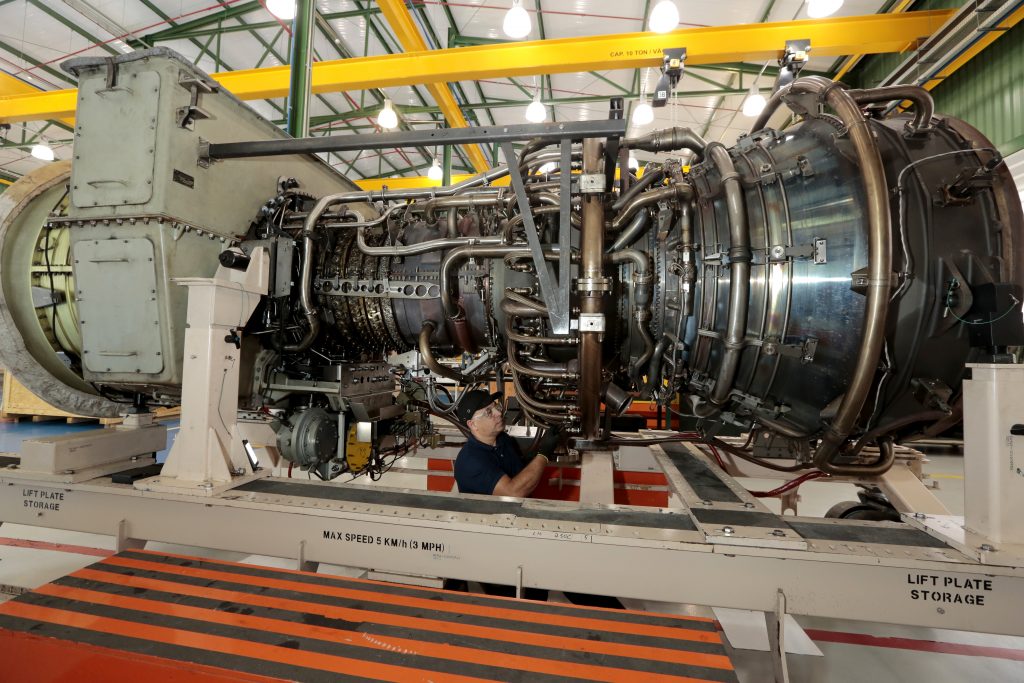
India is determined to reduce its dependency on Ukraine for gas turbine engines built by Zorya-Mashproekt by developing indigenous alternatives, as the ongoing conflict in Ukraine raises concerns about the country’s stability. This move will have significant implications for India’s future warship programs, as more than 150 Zorya-Mashproekt gas turbine engines are currently in operation on Indian Navy ships.
While India’s marine gas turbine programs have a long way to go, the country is actively seeking collaboration with GE Marine to develop India-specific marine gas turbine engines. These engines will replace some of the older Ukrainian engines and power the next generation of warships in the Indian Navy.
Continue readingSOURCE: RAUNAK KUNDE / NEWS BEAT / IDRW.ORG
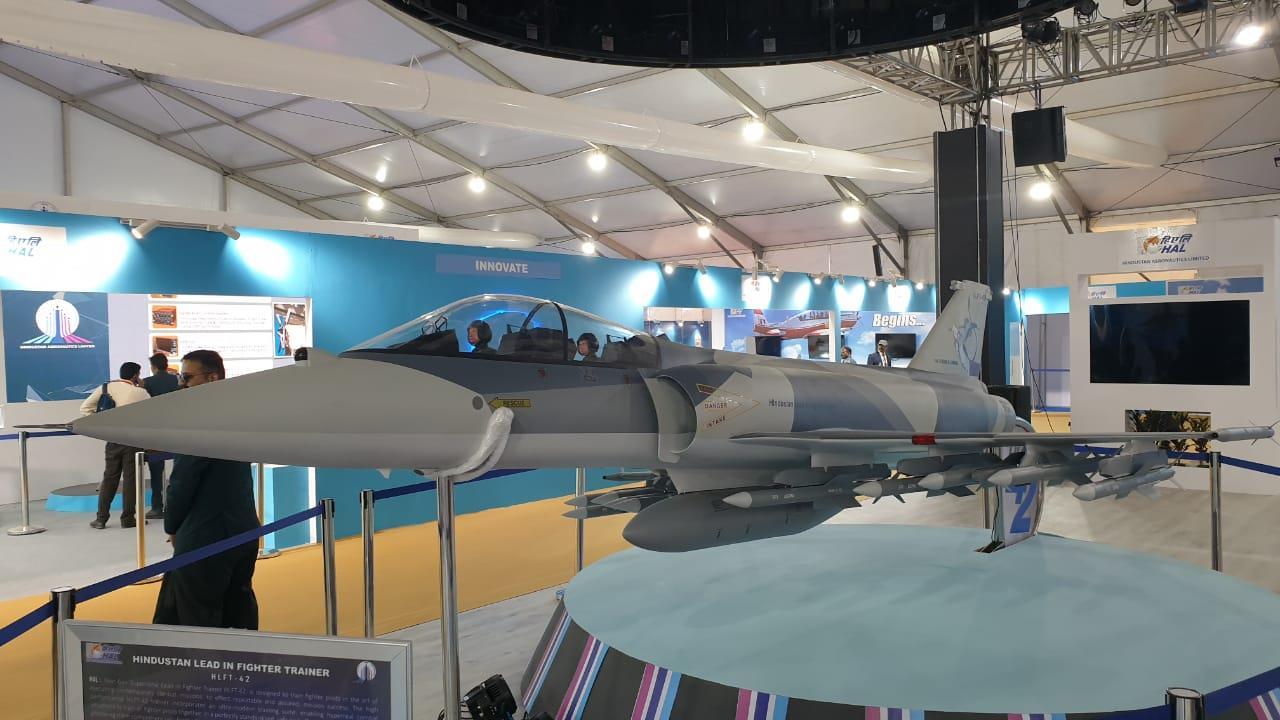
Hindustan Aeronautics Limited (HAL), in its pursuit of developing the next-generation Hindustan Lead-in Fighter Trainer (HLFT-42) for the Indian Air Force, is contemplating the use of higher-thrust engines. HAL envisions that the current F414 GE engine may be replaced with more powerful engines for the production variant of these jets when they are ready to enter production.
HAL is actively engaged in the development of the Hindustan Lead-in Fighter Trainer (HLFT-42), which will serve as a crucial training platform for the Indian Air Force. While the project is currently in its infancy, HAL has expressed its intention to explore more powerful engine options for the production variant of the aircraft. This move aims to enhance the performance capabilities of the HLFT-42 and ensure that it meets the evolving requirements of the Indian Air Force.
Continue readingSOURCE: RAUNAK KUNDE / NEWS BEAT / IDRW.ORG
In 2021, Hindustan Aeronautics Limited (HAL), a state-owned company, unveiled its Combat Air Teaming System (CATS) family, consisting of “loyal wingmen” or “manned-unmanned warriors.” Mock-ups of these systems were showcased at the Aero India 2021 exhibition in Bangalore. One of the systems presented was the Hunter, a low-observable, long-range, air-launched cruise missile weighing 600kg.
The Hunter is set to be powered by a single PTAE-7 turbojet engine with a thrust of 4.2kN and has a range of 200km. Initially, there were discussions about the missile’s reusability, with plans to recover the missile after it drops its 250 warheads using parachutes. However, sources familiar with the matter have confirmed to idrw that the final configuration of the Hunter missile will undergo further refinements, possibly abandoning the reusability factor to enhance its long-range capabilities.
Continue readingSOURCE: RAUNAK KUNDE / NEWS BEAT / IDRW.ORG
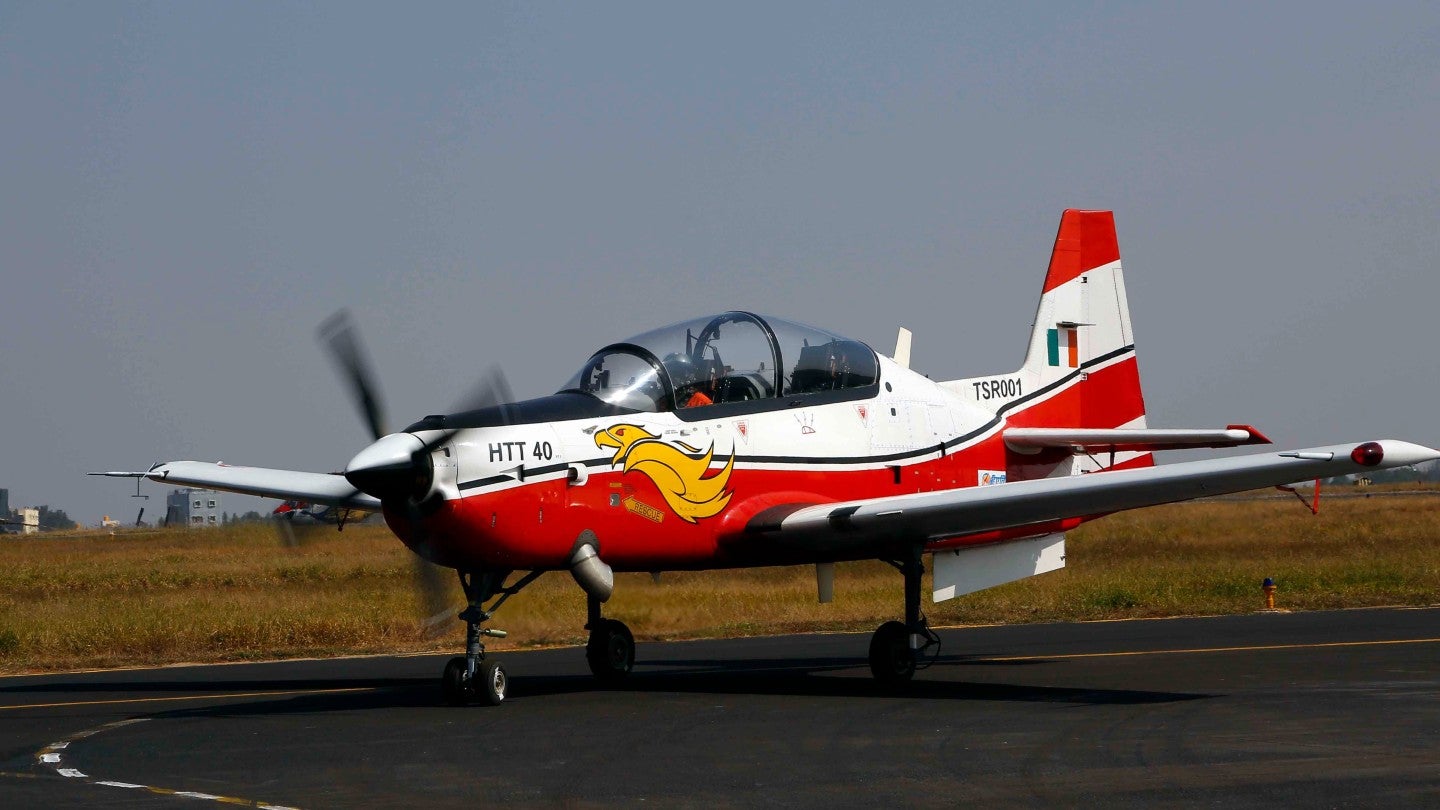
India’s indigenous Hindustan Turbo Trainer-40 (HTT-40) aircraft, which has already secured a 70-unit order from the Indian Air Force (IAF), has garnered attention from several countries expressing interest in the aircraft. Officials from Hindustan Aeronautics Limited (HAL), a state-owned company, have confirmed ongoing talks with these interested nations, indicating the potential for future exports.
HAL is making preparations to commence deliveries of the HTT-40 from September 2025 onwards. Furthermore, the company is confident about securing an additional order of 36 aircraft from the IAF shortly. While HAL currently has no plans to develop an armed variant of the HTT-40, the company remains open to the idea of customizing the aircraft to meet specific requirements if requested by potential customers.
Continue readingSOURCE: RAUNAK KUNDE / NEWS BEAT / IDRW.ORG

India’s pursuit of advanced fighter jet engines continues, with plans already underway to switch to newer engines after 2040. While General Electric awaits final clearance from the US administration for the transfer of Technology (ToT) to power the Mk II version of the Tejas Light Combat Aircraft, India has set its sights on developing higher-thrust engines for its future fighter programs.
The upcoming engines will be crucial in meeting increased power requirements and accommodating the adoption of new high-energy weapons systems. Although the F414 GE engine deal for local production is significant, India anticipates the eventual transition to a more powerful 110kN thrust engine for the Tejas MkII, TEDBF, and AMCA programs.
Continue readingSOURCE: RAUNAK KUNDE / NEWS BEAT / IDRW.ORG
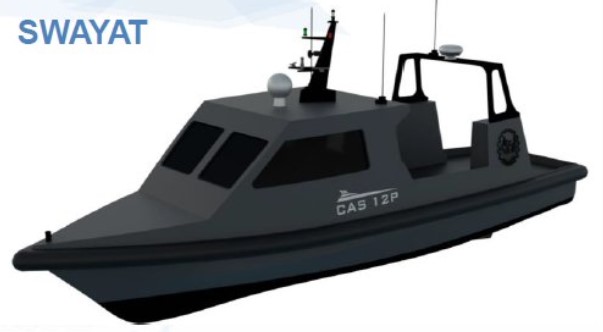
Cochin Shipyard, one of India’s premier shipbuilding and maintenance facilities, is embarking on an ambitious Autonomous Surface Vessel (ASV) Pilot Project. This venture represents a significant step forward in the field of maritime technology, as Cochin Shipyard develops fully indigenous, IRS-class-approved scalable solutions catering to both commercial and defence use cases. With the vision of “Made in India & Made for the World,” this initiative highlights India’s commitment to technological innovation, self-reliance, and global competitiveness.
The ASV Pilot Project aims to develop cutting-edge autonomous vessels that can operate efficiently and effectively in various maritime scenarios. By leveraging advanced technologies and indigenous expertise, Cochin Shipyard is striving to create a scalable solution that meets international standards and addresses the diverse needs of both commercial and defence sectors.
Continue readingSOURCE: RAUNAK KUNDE / NEWS BEAT / IDRW.ORG
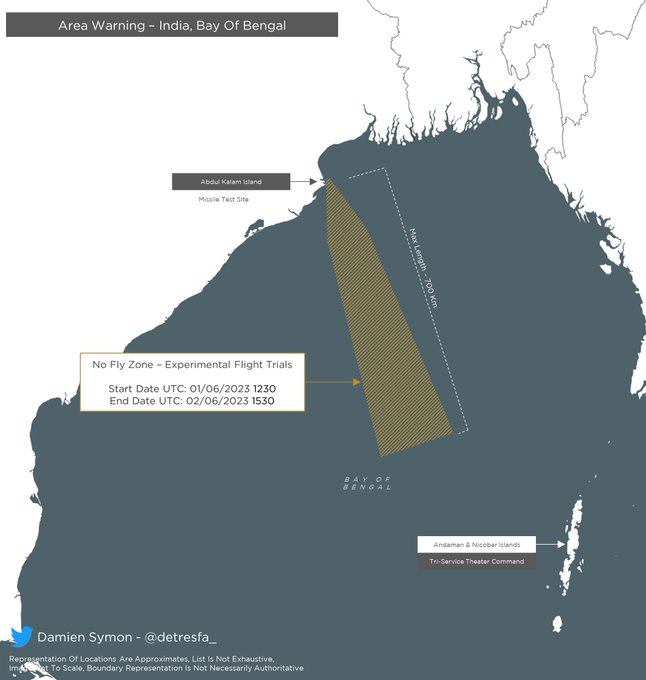
India has issued a Notice to Airmen (NOTAM) from June 1st to June 2nd, 2023, indicating a missile test to be conducted from Abdul Kalam Island in the Bay of Bengal as per information provided by Twitter user Damien Symon@detresfa_. The designated area for the test covers a range of 700 kilometres, leading to speculation that it may involve ballistic missiles.
One of the potential missile systems that could be tested during this period is the Pralay Tactical Surface-to-Surface Missile. With a range similar to the designated area, the Pralay missile has been undergoing developmental trials. The Defense Research and Development Organisation (DRDO) has already secured orders for over 300 of these missiles from the Indian Air Force and Indian Army.
Continue readingSOURCE: RAUNAK KUNDE / NEWS BEAT / IDRW.ORG

A retired Indian Air Force (IAF) captain, Harsh Vardhan Thakur, showcased a scale model of the Combat Air Teaming System (CATS) Warrior, a loyal wingman program co-developed by Hindustan Aeronautics Limited (HAL) and New Space Research & Technologies.
The CATS Warrior is a cost-effective, twin-engine teaming drone designed to operate in conjunction with existing manned fighter jets of the Indian Air Force. It serves as a support system for the manned aircraft during missions. Powered by the PTAE-7 engine in a twin-engine configuration, the CATS Warrior can effectively penetrate deep into enemy territory, reaching targets located at least 700km inside enemy airspace.
Continue readingSOURCE: RAUNAK KUNDE / NEWS BEAT / IDRW.ORG
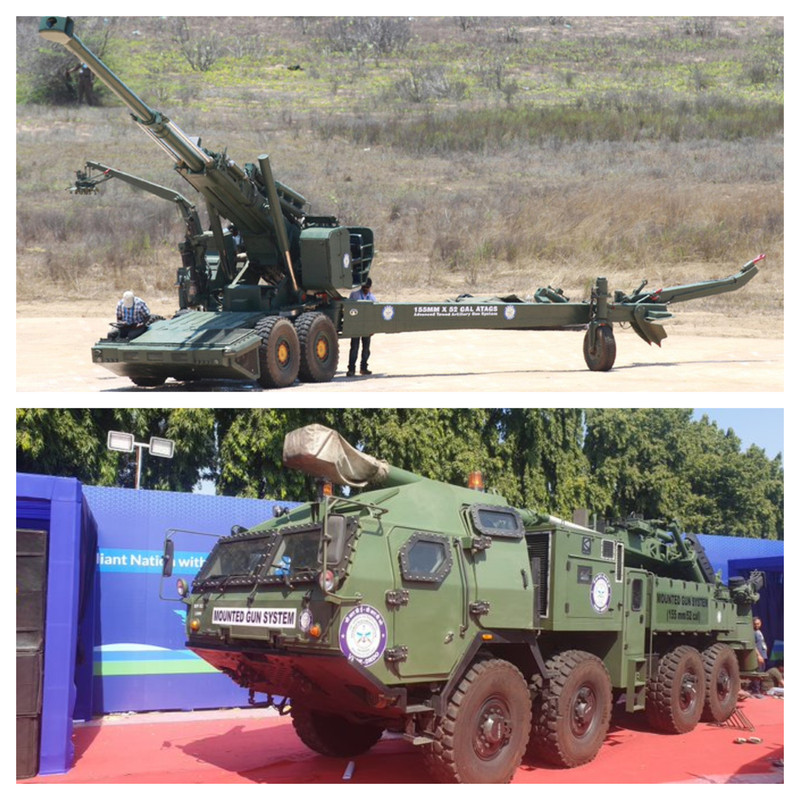
The Indian Army is closely analyzing the evolving role of artillery gun systems in recent conflicts, such as the Ukraine-Russia war, and the emergence of new threats like loitering ammunition targeting artillery systems. This assessment has prompted the army to reconsider its requirements for Towed versus Mounted Gun Systems that it intends to procure.
According to reliable sources close to idrw, the vulnerability of towed artillery gun systems, which are stationary and can pose occasional mobility challenges, has become apparent. These systems have suffered significant losses in recent conflicts. On the other hand, self-propelled artillery systems, which can move under their power, have experienced comparatively lower losses. This difference in loss rates may be attributed to the relative mobility of the smaller self-propelled platforms and their proximity to the front lines.
Continue readingSOURCE: RAUNAK KUNDE / NEWS BEAT / IDRW.ORG

In a significant development, the Indian Air Force (IAF) and the Indian Army have initiated the exchange of BrahMos Crew between their ranks of Captain and Major rank officers. This exchange program aims to train these officers to operate each other’s BrahMos Cruise missile Batteries, laying the foundation for their collaboration under the upcoming Integrated Rocket Force (IRF). The IRF is planned to be equipped with a range of missiles including BrahMos, Pinaka, Pralay, and sub-sonic cruise missiles.
The establishment of the Integrated Rocket Force will involve the transfer of responsibility for the existing BrahMos Missile regiments, which currently operate the supersonic cruise missile. This force is expected to be a tri-service organization, bringing together the expertise and capabilities of the Indian Air Force, Indian Army, and Indian Navy. The objective behind the creation of the IRF is to develop a specialized force dedicated to non-contact conventional warfare.
Continue readingSOURCE: RAUNAK KUNDE / NEWS BEAT / IDRW.ORG.
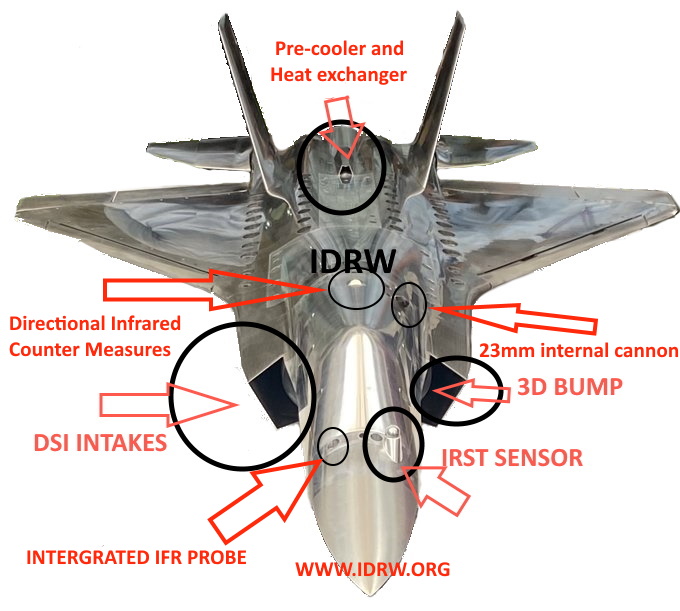
The current designs of India’s fifth-generation AMCA (Advanced Medium Combat Aircraft) fighter jet suggest the inclusion of an internal cannon. However, the necessity of having a gun on every jet and its relevance in dogfighting scenarios are being carefully examined.
According to sources familiar with the matter, told idrw that the impact of the internal cannon on the aircraft’s performance will be thoroughly studied before deciding on its inclusion in the final production variant. This cautious approach is due to the concerns raised by various stealth programs worldwide, which have opted to exclude cannons to avoid potential damage to the fuselage, which often affects the aircraft’s stealth characteristics unless the damage is repaired or repainted leading to downtime of the jet.
Continue readingSOURCE: RAUNAK KUNDE / NEWS BEAT / IDRW.ORG.
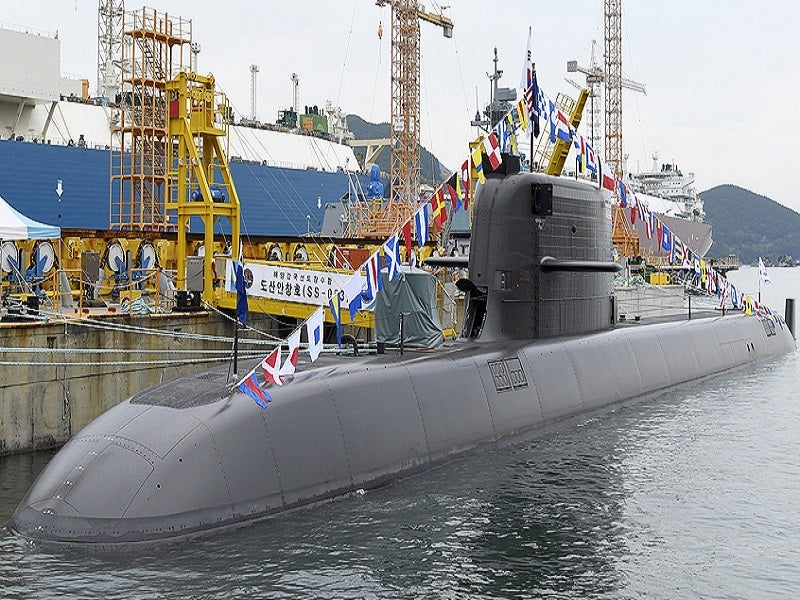
South Korea has extended an offer to India for its advanced KSS-III Batch-II submarine, presenting a potential procurement opportunity. The KSS-III Batch-II represents a significant advancement over its predecessor, incorporating enhancements in combat management systems, sonar capabilities, and firepower.
This offer arrives at a time when Germany is also competing for India’s submarine acquisition program, known as Project-75I. The KSS-III Batch-II’s improved features, including an increased number of Vertical Launching System (VLS) cells, offer enhanced operational capabilities, particularly with Submarine Launched Cruise Missiles (SLCMs).
South Korea’s emphasis on domestically developed and sourced components in the KSS-III Batch II submarine presents several advantages for Export customers like India since it enhances the submarine’s operational reliability by reducing potential vulnerabilities associated with relying on foreign suppliers.
KSS-III, a 3,000-tonne class of submarine is the lone bid in Project-75I that meets all the technical requirements set by the Indian Navy but Germany is trying to secure a deal through a Government to Government (G2G ) contract since Germany has issues with liability clauses in the Project-75I tender.
NOTE : Article cannot be reproduced without written permission of idrw.org in any form even for YouTube Videos to avoid Copy right strikes
SOURCE: RAUNAK KUNDE / NEWS BEAT / IDRW.ORG.

A Bangalore-based drone startup has made a groundbreaking announcement, unveiling the development of a swarm of drones with autonomous capabilities for forest penetration. These innovative drones, equipped with GPS-denied abilities, are set to revolutionize complex military and civilian missions.
Acting as pathfinders and scouts, they will play a crucial role in tasks such as counter-insurgency operations (COIN), humanitarian assistance, and disaster relief (HADR). These advanced agents merge cutting-edge localization, AI-based navigation, cooperative mission autonomy, object detection, and sense/avoid techniques.
Continue readingSOURCE: RAUNAK KUNDE / NEWS BEAT / IDRW.ORG.
Hindustan Aeronautics Limited (HAL) recently inaugurated a new production facility in Nashik, aimed at bolstering the manufacturing capacity of the indigenous Light Combat Aircraft Tejas. While HAL already has two manufacturing facilities for LCA Tejas in Bengaluru, with a combined capacity of 16 jets per year, the Nasik facility is expected to further augment the production with an additional capacity of up to 24 jets annually.
However, according to sources at idrw, the Nasik facility is not yet ready to commence production of LCA-Tejas Mk1A jets. The staff at the facility are currently undergoing training, and the procurement of necessary equipment for the assembly of LCA-Tejas is still underway. HAL officials have confirmed that the Nasik facility has the potential to accommodate the production of more than 8 jets, but achieving this installed capacity is contingent upon securing a fresh contract for the Tejas.
Continue reading